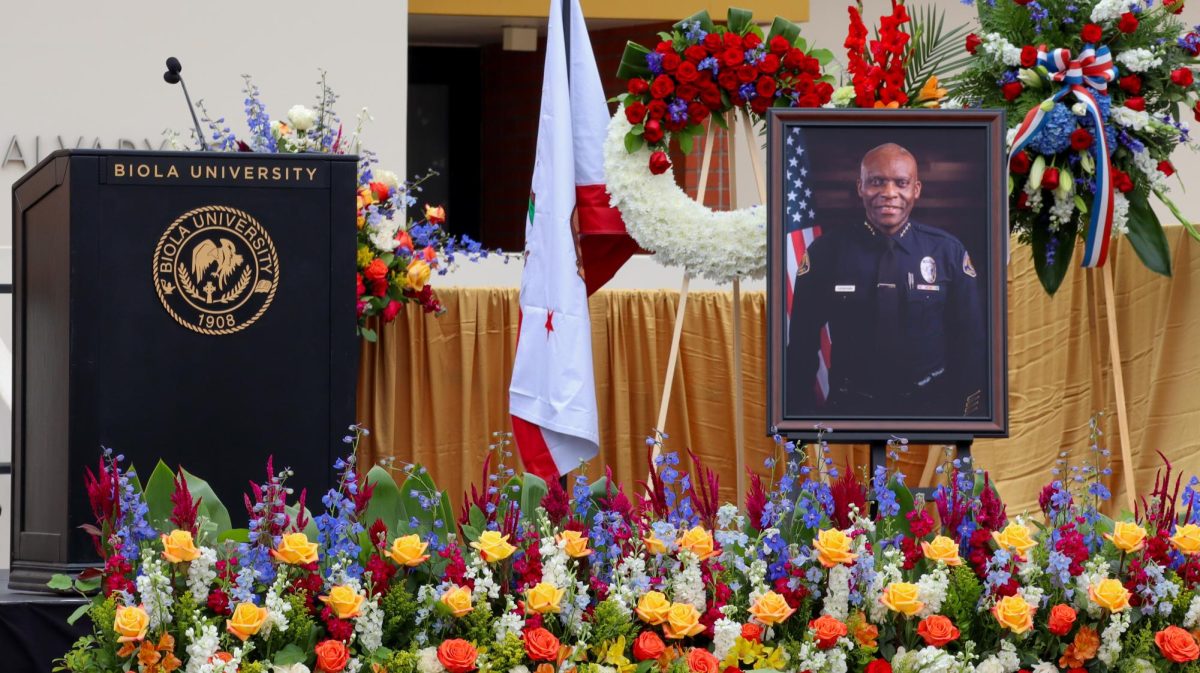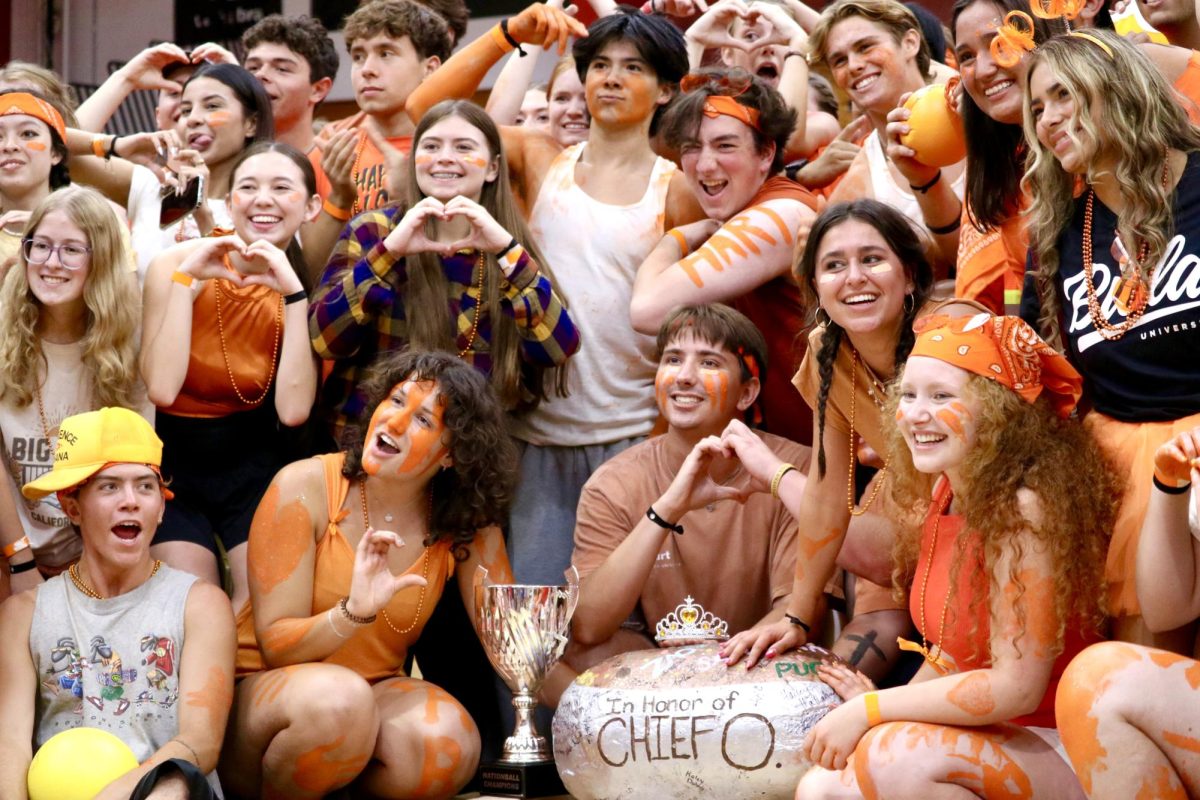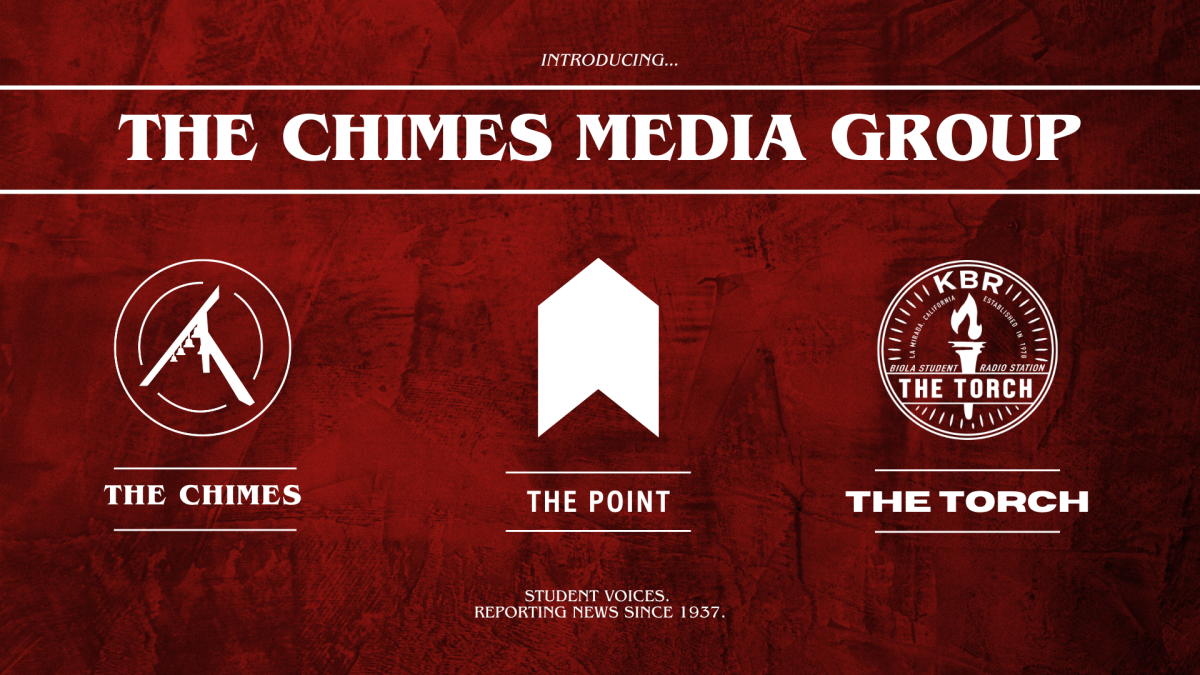College presidents are getting healthy raises, and a dozen at private universities earn $1 million or more including benefits, according to a new survey published Monday.
Salaries at public universities remain a tier lower but also are on the rise, with eight presidents earning $700,000 or more last year, six more than the year before, according to the annual survey by the Chronicle of Higher Education.
Presidential salaries are facing closer scrutiny at a time when college prices continue to rise well above the rate of inflation.
The survey reports salaries from private colleges for 2005-2006, the latest year for which they are available. Figures for public colleges are for 2006-2007.
Of the 12 presidents earning $1 million or more, only three continue to lead their institutions.
Richard Freeland, who stepped down in August 2006 at Northeastern University, was identified as the highest-paid president, with $2,887,775 in total compensation, including $2,373,285 in benefits. James P. Gallagher, who stepped down at Philadelphia University, had $2,557,219 in total compensation.
Freeland’s compensation included the present value of a long-term annuity for retirement, and Gallagher’s included deferred compensation that accrued over five years.
Presidents who left their jobs during the recorded year were ranked separately. That list included Benjamin Ladner, who received $4.3 million in pay and benefits in fiscal 2006 from American University. Ladner stepped down following revelations of excessive personal spending of university money, and most of his compensation came from severance and deferred payouts.
The highest-paid, still-sitting president was William Brody at Johns Hopkins University, who received $1,938,024 in total compensation. Just under $1.5 million came in the form of salary from the university, including about $920,000 in deferred compensation.
The highest-paid public university president listed in the survey was David P. Roselle of the University of Delaware, who received $874,687 in 2005-2006. Delaware considers itself a quasi-private institution so those figures were the most recent. Roselle retired earlier this year.
He was followed by John T. Casteen III of the University of Virginia, with $753,672, and Mark Emmert of the University of Washington at $752,700.
Most college presidents don’t earn nearly that much, but salaries at the most prestigious institutions are rising rapidly. At private research institutions, median pay is up 37 percent over the last five years to $528,105.
Still, not one of the top 10 highest-pay presidents at public universities with Division 1 athletics programs earned as much as their school’s football coach. For example, Emmert’s compensation was about half that of Washington football coach Tyrone Willingham, and Virginia coach Al Groh’s earned more than $1 million more than Casteen.
For the first time, the Chronicle also surveyed the salaries of community college presidents.
At the largest community colleges and systems, median pay is about $250,000 — compared to about $400,000 at the largest public four-year colleges.
However, some community college presidents earned substantially more. The leader was Michael B. McCall of the Kentucky Community and Technical College system, receiving total compensation of about $611,000 on a base salary of $286,000.






